Human beings are the most frequently photographed subjects by far. However, when photographing people the results are not always so satisfactory.
As a pearl of Eastern wisdom puts it: “When looking at a face, one perceives but a part of the person“.
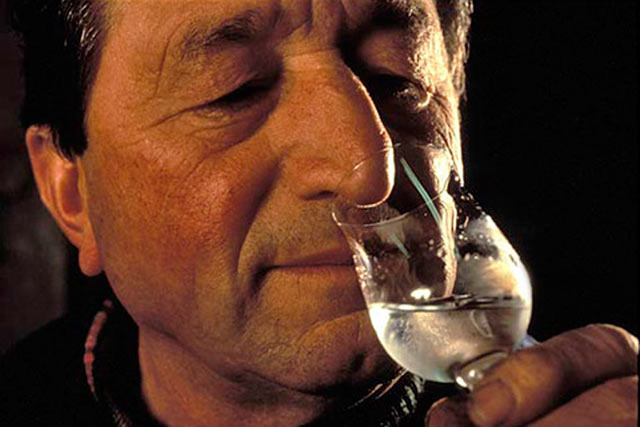
The wide spectrum of expressions of which a human face is capable is often only glimpsed very briefly. The camera, however, is ideal for preserving these truly authentic moments that make for successful portraiture.
Human beings in a picture always draw the eye because they convey emotions more than any other subjects. The eyes are windows on the human soul; wrinkles are the footprints of time. Body language, clothing, jewelry, even the surrounding location help to describe a personality.
Therefore, a portrait need not necessarily concentrate just on the face. On the other hand, an extreme close-up can paint more than – as the saying goes – a thousand words, because we can make out finer details versus observing from a greater distance. The closer the camera moves, the more intense the effect.
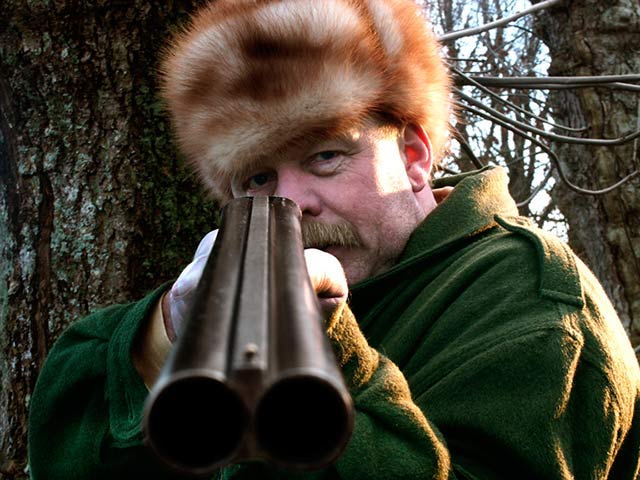
For close-up portraits, a telephoto lens of at least 80 mm is highly recommended. Close to a face, a shorter focal length, especially on a wide-angle lens, tends to enlarge the nose, an effect you may only wish to use when shooting someone you dislike.
As you step back, the effect gradually disappears. When photographing people, a telephoto lens also offers the advantage of not being too close, which allows people to relax more easily. With extreme focal lengths of 300 mm and more, the limited depth of field could be a nuisance. However, by focusing strictly on the eyes you will always keep on the safe side. At the same time, the background being out of focus gives more of an emphasis on the person portrayed.
For an impressive portrait, tight framing can make all the difference. As strange as it seems, cropping a picture right below the chin and just above the forehead intensifies facial expressions. This is easily achieved by moving in close with a telephoto lens.
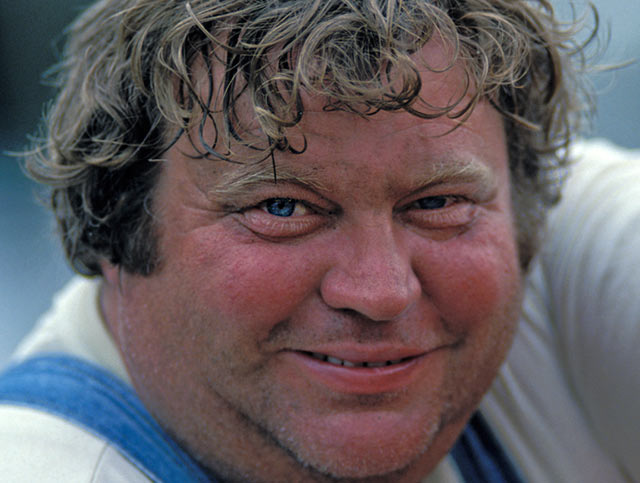
Fisherman
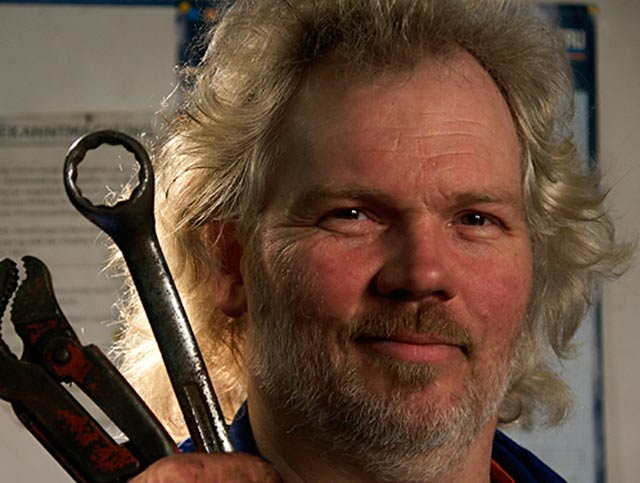
Mechanic
I often attempt to connect people with the situation they are in, i.e. with their job or any other factor of significance in their life. The dominant butcher’s knife for instance makes for a strong symbol, as does the colourful illumination around a designer of neon lights. Ostentatious status symbols like cars, villas, and jewelry express wealth and power.
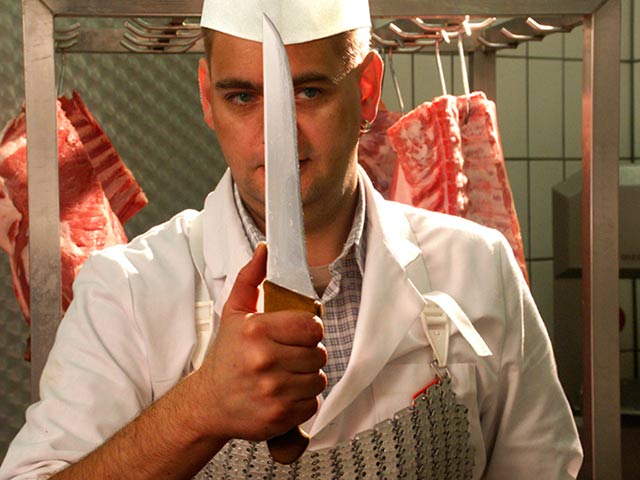
Butcher
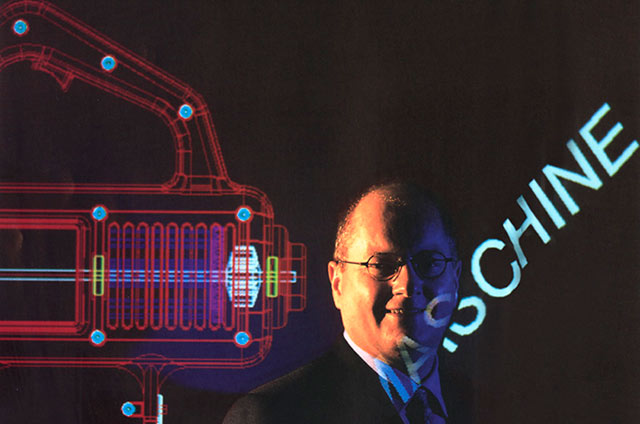
Engineer
Use Of Lighting When Photographing People
To give a face some depth and life, I often place a fairly hard light behind the person and let it illuminate parts of the hair, neck, and shoulders. From the front, I prefer a soft light via a softbox, a white umbrella, or a dimmed bulb. Some of the examples shown here demonstrate this clearly.
A frontal hard light, on the contrary, is not very flattering. From the side it can be quite dramatic; from below it causes unfavourable shadows.
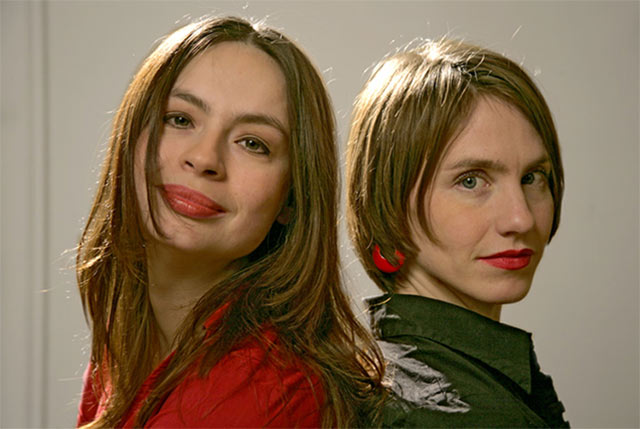
Identical rules go for outdoor portraits. I prefer the sun behind my model, thus shining on hair and shoulders. The face being in the resulting shadow should not be too underexposed. Alternatively, it may be gently illuminated with a soft reflector bouncing the sun back onto the face.
With the sun falling directly on a face, a portrait tends to look rather harsh. Side lit, with one half of the face in shadow, a portrait can look very interesting, even a little mysterious. For soft and well-balanced illumination, an overcast sky is almost perfect.
When photographing people, caution should be taken when working with a built-in photographic flash. In dark surroundings, the human pupil opens automatically and lets the flash reflect on the retina, causing unnaturally red eyes. This effect might be ideal for portraying aliens, however to avoid this, many devices produce a moderate pre-flash on shutter release which causes the pupil to close sufficiently. A brighter surrounding light would also do, thus eliminating the ’red eye’ effect.
Since a harsh frontal flash is generally too bright for a good portrait, pointing the beam up to the ceiling produces an indirect soft bounce (although not possible with a built-in flash). The ceiling should of course be white, as any color would tint the light respectively.
Be careful with this too, as a steep bounce angle, especially from low ceilings, creates deep shadows beneath the eyes. Using a weak front flash in this case would probably be a better solution.
Occasionally, the foreground can help to tell a story. This is where the so-called teaser effect comes in, when objects partially cover the face or body. For example, the pose of the fishmonger uses this technique, resulting in a lively and narrative portrait.
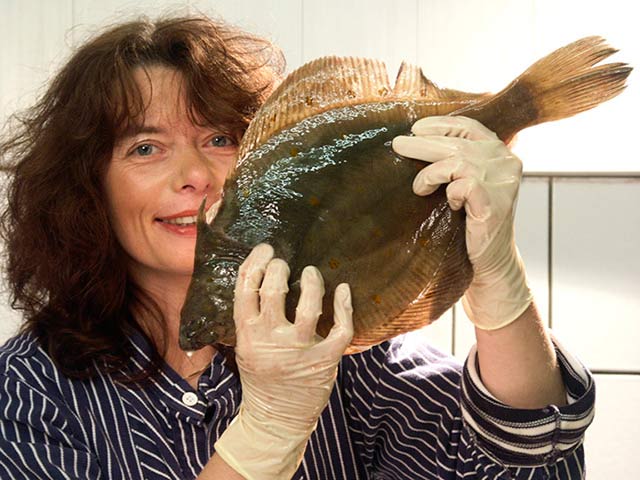
Or consider the portrait of a young singer in a field of stalks: still at the very beginning of her career, she seems on the verge of stepping out of anonymity. The long focal length with open aperture creates both a blurry foreground and background, while the soft light of a hazy afternoon gives the scene a mellow, dreamy effect. Perhaps her songs will sound similar?
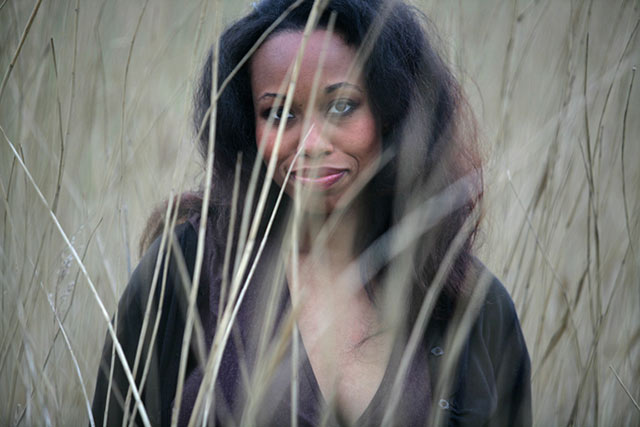
No matter what human subject you choose to photograph, look for those moments when you can capture their emotions, expressions or personality. Tell the viewer of your images a brief but compelling story about who this person is…that’s the secret to photographing people successfully!
by Gert Wagner
All Text & Images: © 2014 Gert Wagner. All Rights Reserved.

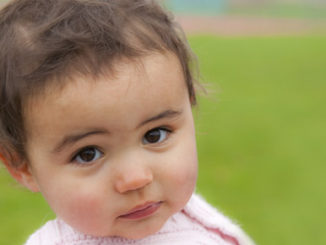
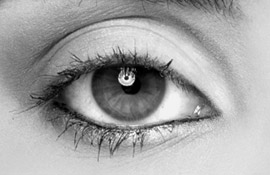
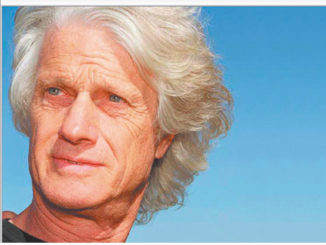
Leave a Reply